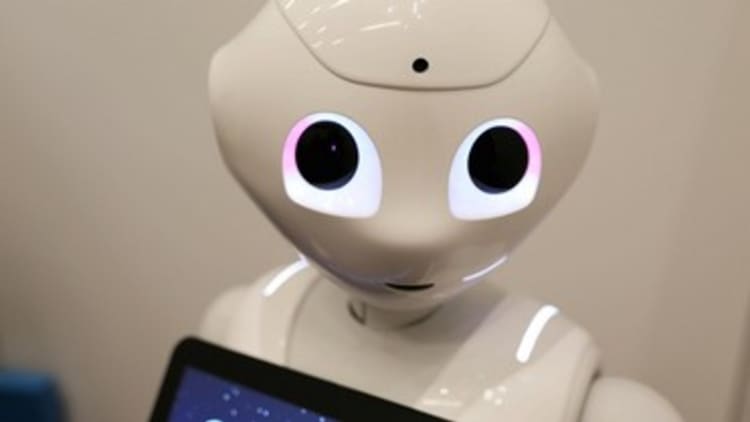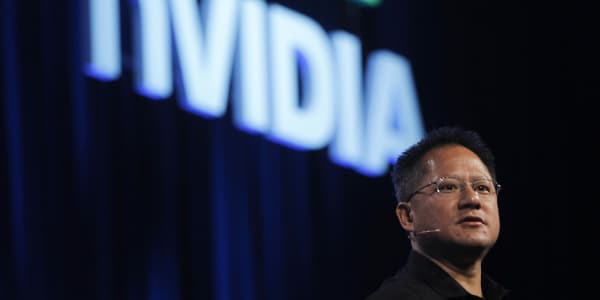Roboterra is a small San Jose, California-based start-up with a big ambition: teaching kids around the globe to code. At the Consumer Electronics Show in Las Vegas on Wednesday, it launched a cloud-based robotics coding platform it's calling Castle Rock, that works alongside its robot-in-a-box, Origin Kit.
The Origin Kit is Roboterra's third-generation kit and costs $429. It contains more than 85 types of components manufactured in China. With this kit and and a downloadable app, students can build, program and interact with their robot. The goal is to teach high school and middle-school kids C++ programming.
"The learning that happens at college level — we want to move this down to 10-year-olds," said CEO Yao Zhang. Like many of her team, Zhang is originally from China and attended university in the U.S (she has a Ph.D. from Columbia University). Roboterra has drawn engineers from Apple, Tesla and Google X Lab.
The company has partnered with schools in China and ran its first U.S. pilot program in the fall with 30 Silicon Valley students completing the 20-hour program. In China, Roboterra hosts annual events in which robots created by different schools battle in an arena.
"The most common situation is that so many schools have never heard about robotics. They are excited about the opportunities for STEM but there's no way for them to enjoy this fun," said Zhang. The company is increasingly drawing interest from schools in less-privileged districts, something Zhang and her team are particularly excited about.
"There is strong demand for this way of learning," she said.
"Kids learn by doing, trying, experimenting, failing and trying again," said director of campus operations Tom Burns. "Our product is one that can go in the hands of kids and they can try, they can fail and they can try again."
The company just raised $4.5 million in Series A funding from Silicon Valley venture capital investors at a $25 million valuation. Its products are set to go on sale in RadioShack at a yet-to-be determined date, and the company is in talks with Brookstone and toy distributors.
Another company that's using robotics to teach kids to code is RoboLink. The company has created Khan Academy-style three minute instructional videos students can follow to build and program a minidrone. It's CoDrone product — which costs $139 — was chosen as one of the top 10 most innovative products at CES by the Last Gadget Standing competition.
In addition to selling robot kits and offering video tutorials, the company has two other pricing models. For $145 per week for eight weeks, its team will go into schools and teach the curriculum, or schools can come to their learning center (the company is San Diego-based) and pay $160 per month for a two-hour session.
In each session, students build a fully functioning robot and customize its behavior using C programming language. "As they assemble and play with the robots, they learn fundamental principles of science and technology in a fun and challenging environment," says the website. Right now RoboLink is working with 20 schools.

Correction: An earlier version of this story mispriced the CoDrone.





